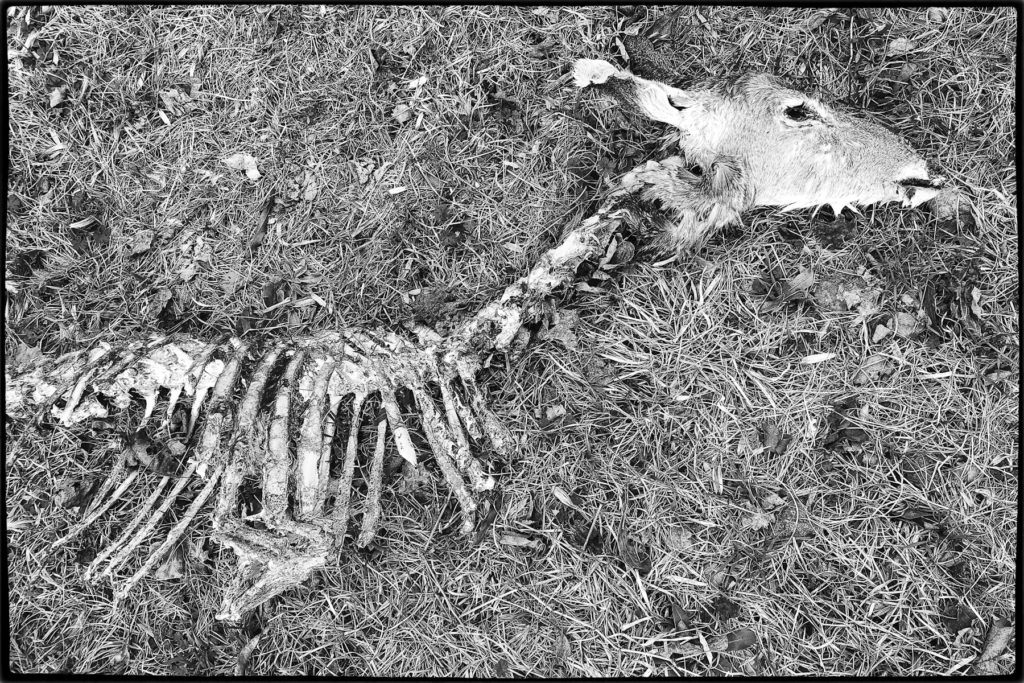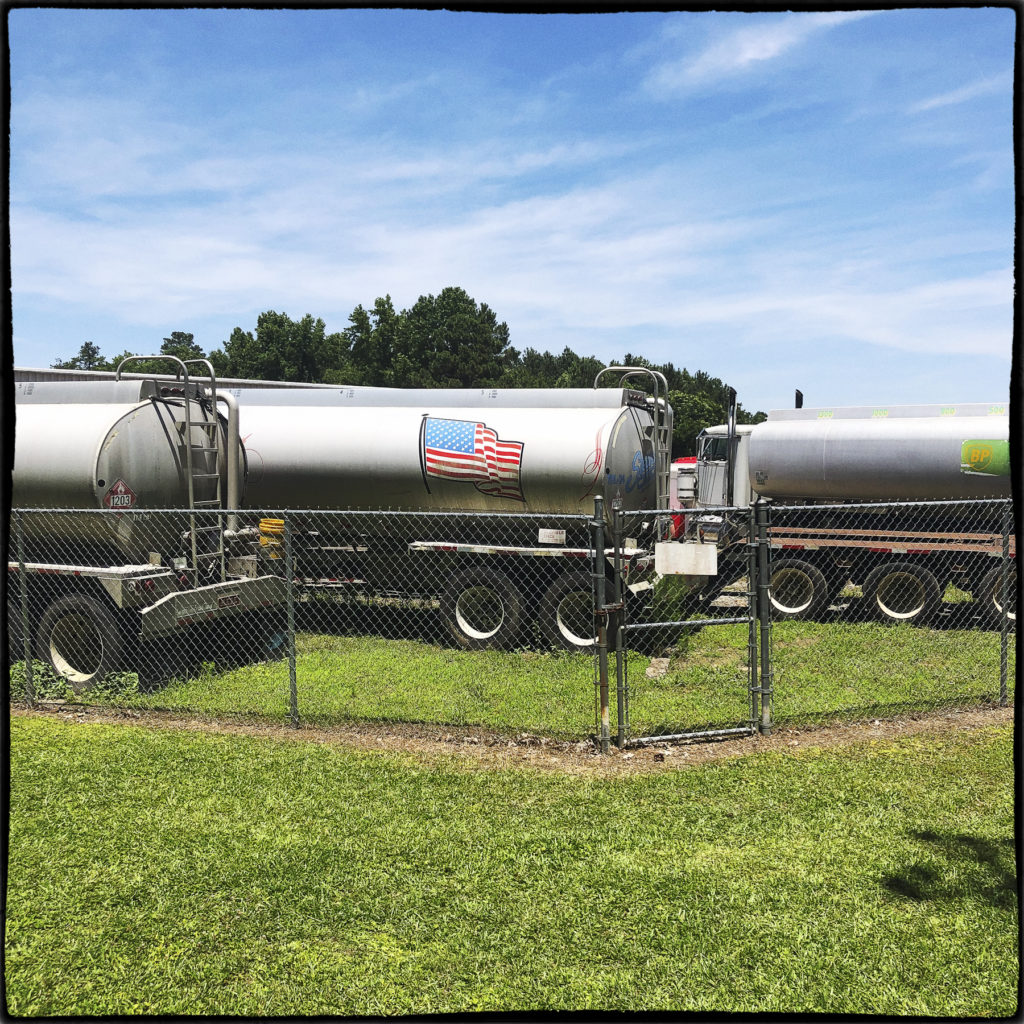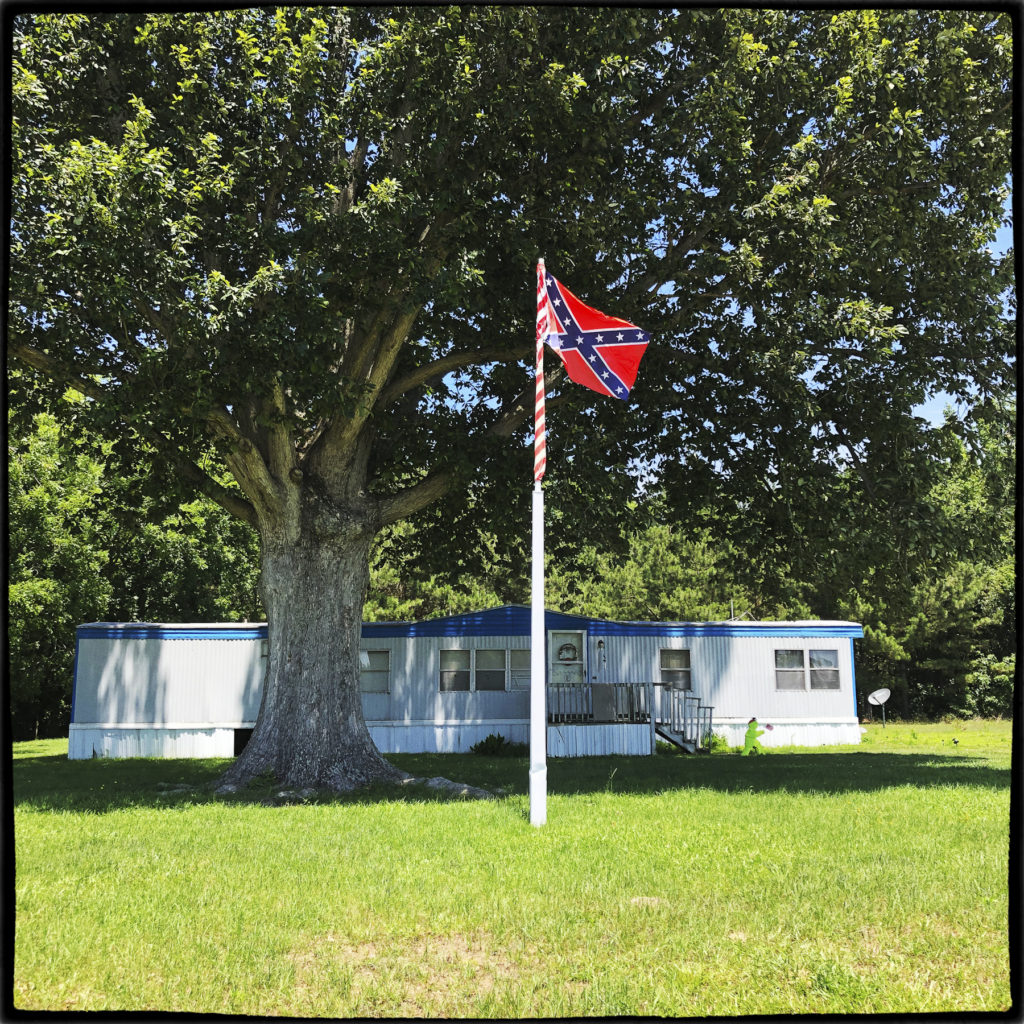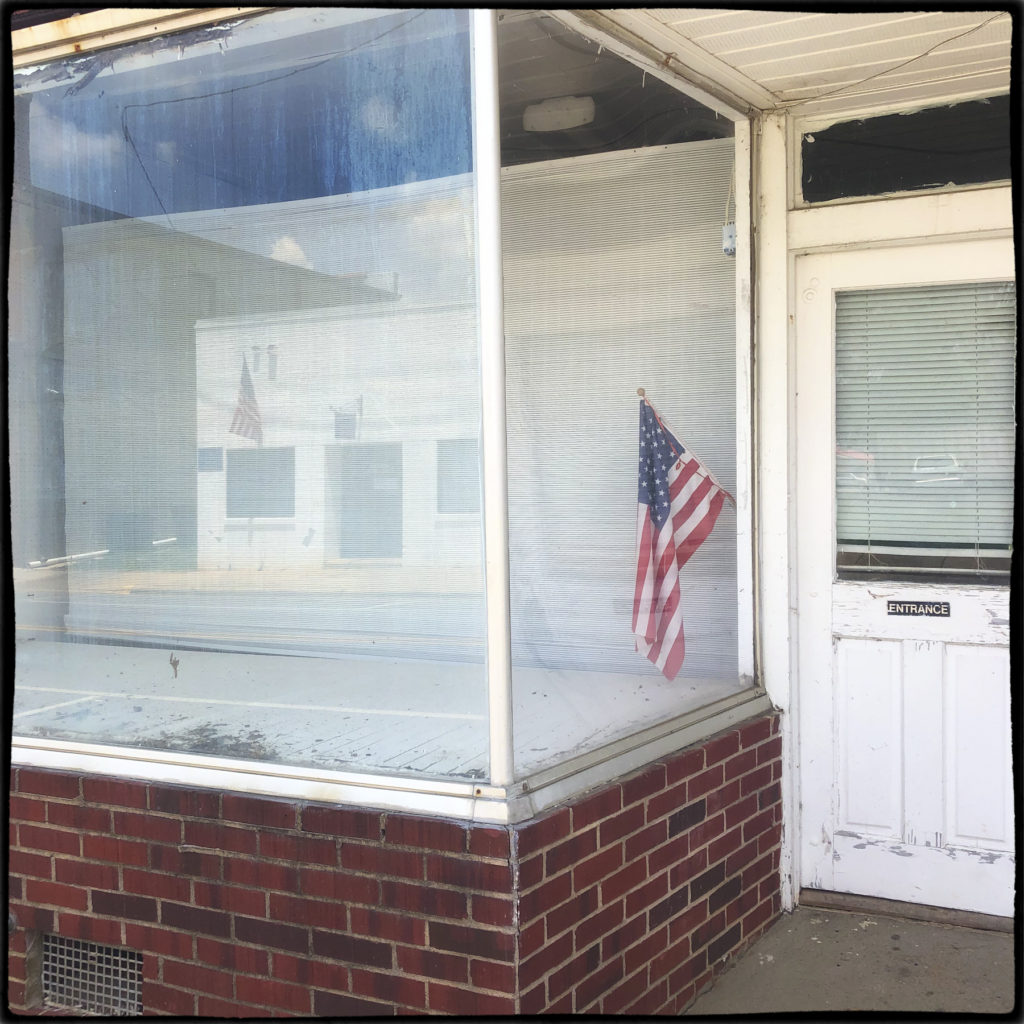….I just don’t feel it.
I am currently completely and utterly bereft of ideas. I’m experiencing the flipside of creative inspiration. I literally have nothing to say. I’m assuming it’s something that every creative person experiences – creative stagnation. I’ve currently got it bad. So, what more appropriate thing to do than write about it.
I’ve been sitting on the following thought for some time now, having had written it out and, like how I usually write, expected the rest to then write itself:
“The mind loves the unknown. It loves images whose meaning is unknown, since the meaning of the mind itself is unknown.” Rene Magritte
19th Century French Poet Stéphane Mallarmé (aka Étienne Mallarmé), said there were two kinds of languages: parol brute, which named things, and parole essentielle, which was language in the abstract, language that distanced us from things. Brute language aided in representing things; essential language created the fictive, self-referential realities of consciousness. For Mallarmé, parole essentielle was the language of all Art, for all Art was ultimately self-recognition, self-recovery, self-remembering, processes which were as mysterious as Being itself. It’s a distinction we as photographers intuitively understand, the distinction in photography between reportage and Art.
Unfortunately, I can’t think of anything to add to flesh out what I consider to be an essential point about creativity made by Mallarmé. Ironically, maybe the fact that I have nothing to say proves his point – creativity is ultimately self-referential i.e. it’s about what’s going on in your consciousness, not what’s going on around you. Thus, I agree with the poet Charles Simic: when the world or the people in it make no sense, the best you can do is keep quiet and listen to the silence of the night. Or, as Paul Ricoeur said, “Something must be for something to be said.”
But Art is also about experiences language can’t get at. Martin Heidegger would say that the truth of Being cannot be uttered – language can only hint at it. Writing is, at best, a rough translation of the wordless truth into words. Can visual representations like photography better get at the essential nature of things? Heidegger would say no, visual art can’t translate Being either, but it can get us closer than the written or spoken word. The gap between Seeing and Being is less than that of Saying and Being. In this, Heidegger is a Wittgensteinian….to a point. The labor of the visual artist – you, the photographer – is to point to what can’t be put into words. Notice, however, the act of pointing isn’t the truth itself.
With that in mind, below (and the one above) are a few photos I took while out on a bike ride the other day. They are images made during a fleeting moment when something I saw sparked a self-recognition, a self-remembering. Articulating it further wouldn’t be of much use even if I could, which I can’t without sliding into untruth. Truth matters. That’s the cool thing about photography: you get to point to truths you can’t put into words. But, as Mallarmé understands, there’s the truth with eyes open and then there’s the truth with eyes closed, and they’re often two distinct things.
Views: 1010






